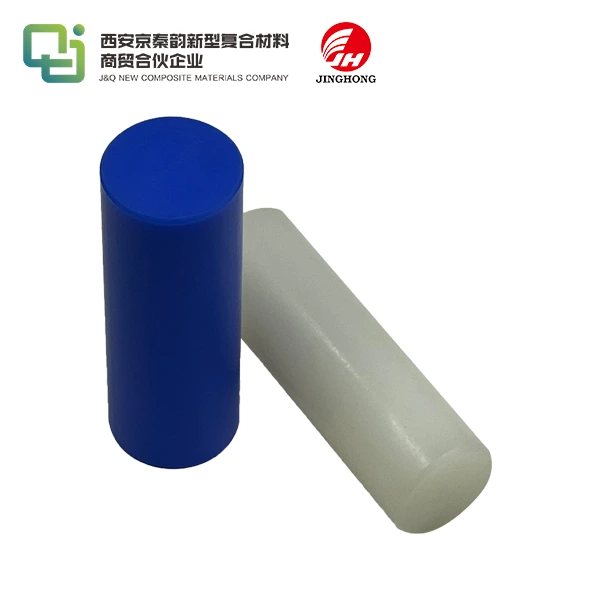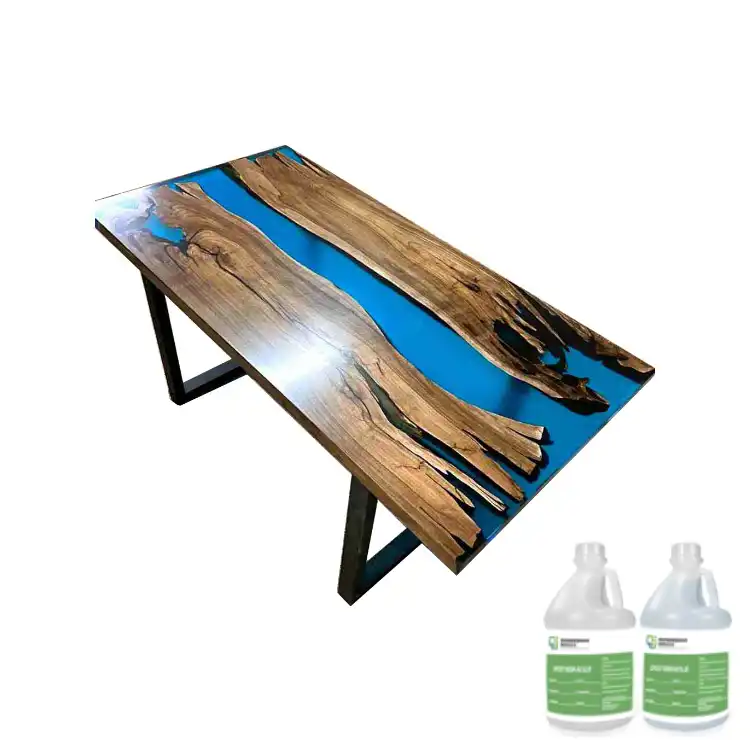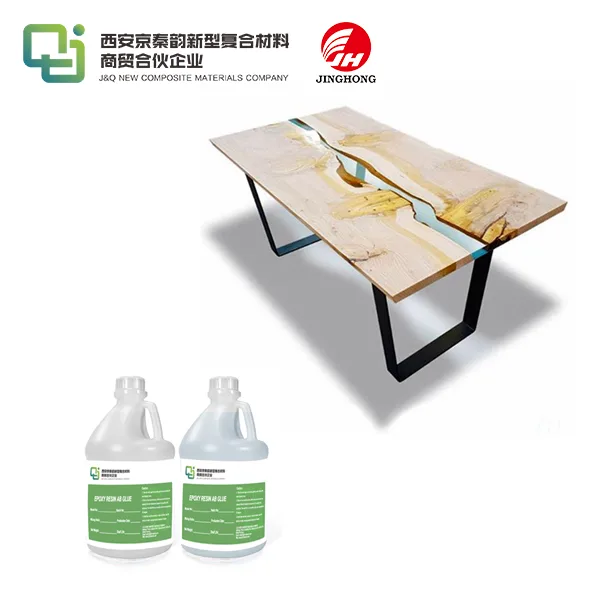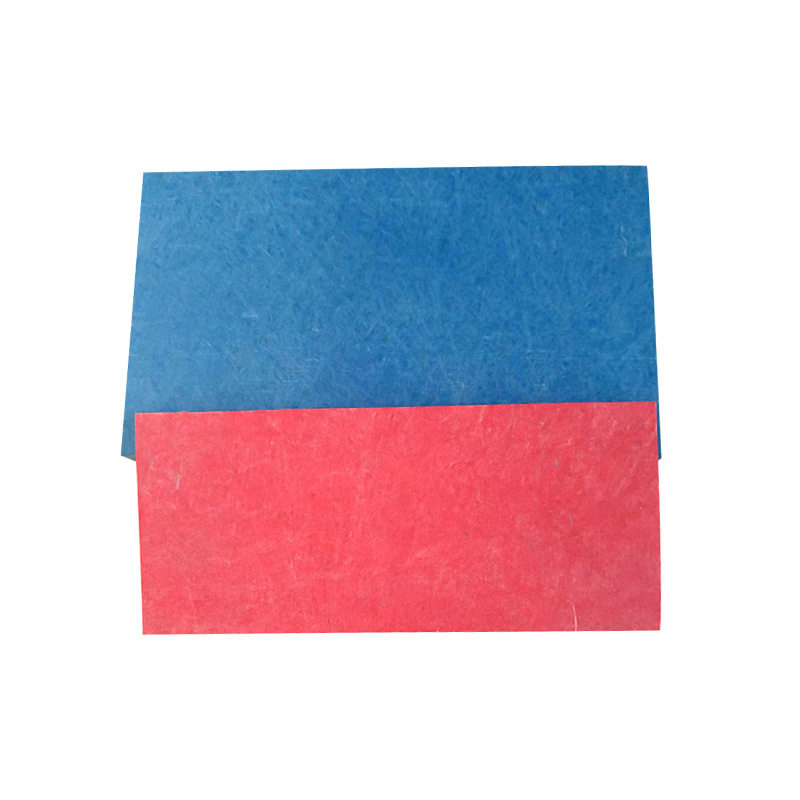Why Epoxy Glass Fiber Sheets Are Essential in PCB Manufacturing?
2025-06-06 15:45:28
Epoxy glass fiber sheets play a crucial role in the production of printed circuit boards (PCBs), serving as the foundation for electronic components and circuitry. These versatile materials combine the strength of glass fibers with the excellent electrical insulation properties of epoxy resin, creating a sturdy and reliable substrate for PCB manufacturing. The unique composition of epoxy glass fiber sheets provides superior dimensional stability, heat resistance, and electrical performance, making them indispensable in the ever-evolving electronics industry. As PCB designs become more complex and compact, the demand for high-quality epoxy glass fiber sheets continues to grow, ensuring the integrity and functionality of modern electronic devices across various applications.

The Composition and Properties of Epoxy Glass Fiber Sheets
Raw Materials and Manufacturing Process
Epoxy glass fiber sheets are crafted from a meticulous combination of glass fibers and epoxy resin. The manufacturing process begins with the production of glass fibers, which are drawn from molten glass and woven into a fabric. This fabric is then impregnated with epoxy resin, a thermosetting polymer known for its exceptional adhesive properties and chemical resistance. The impregnated fabric undergoes a controlled curing process, resulting in a rigid, laminated sheet that forms the basis for PCB substrates.
Physical Characteristics
The physical properties of epoxy glass fiber sheets make them ideal for PCB manufacturing. These sheets exhibit remarkable dimensional stability, maintaining their shape and size even under varying temperature and humidity conditions. The glass fibers provide mechanical strength and rigidity, while the epoxy resin contributes to the overall durability and resistance to environmental factors. The sheets can be easily machined, drilled, and cut to precise specifications, facilitating the intricate designs required in modern PCBs.
Electrical Properties
One of the most critical aspects of epoxy glass fiber sheets is their excellent electrical insulation properties. The material boasts a high dielectric strength, low dielectric constant, and low dissipation factor, ensuring minimal signal loss and interference in high-frequency applications. These electrical characteristics are essential for maintaining signal integrity and preventing crosstalk between adjacent traces on the PCB, particularly in high-speed and high-density circuit designs.
Advantages of Epoxy Glass Fiber Sheets in PCB Manufacturing
Thermal Stability and Heat Resistance
Epoxy glass fiber sheets demonstrate exceptional thermal stability, making them suitable for a wide range of operating temperatures. This property is crucial in PCB manufacturing, as it ensures that the substrate can withstand the heat generated during component assembly and operation without warping or degrading. The high glass transition temperature (Tg) of these materials allows for reliable performance in demanding thermal environments, such as automotive and industrial applications.
Moisture Resistance and Chemical Inertness
The epoxy resin matrix in these sheets provides excellent resistance to moisture absorption, preventing delamination and maintaining the structural integrity of the PCB. Additionally, epoxy glass fiber sheets exhibit chemical inertness, resisting degradation from exposure to various solvents, acids, and other chemicals commonly encountered in manufacturing processes and end-use environments. This chemical resistance ensures the longevity and reliability of the PCB throughout its lifecycle.
Compatibility with Advanced PCB Fabrication Techniques
Epoxy glass fiber sheets are highly compatible with modern PCB fabrication techniques, including laser drilling, multi-layer lamination, and high-density interconnect (HDI) processes. The material's uniform composition and consistent properties allow for precise and repeatable manufacturing processes, enabling the production of complex, multi-layer PCBs with fine-pitch components and intricate circuit designs. This compatibility is essential for meeting the demands of miniaturization and increased functionality in contemporary electronic devices.
Applications and Future Trends in Epoxy Glass Fiber Sheet Usage
High-Frequency and High-Speed PCB Designs
As the demand for faster data transmission and processing continues to grow, epoxy glass fiber sheets play a vital role in high-frequency and high-speed PCB designs. These materials offer low signal loss and excellent impedance control, making them ideal for applications such as 5G telecommunications, radar systems, and high-performance computing. The ability to maintain signal integrity at high frequencies is crucial for the development of next-generation electronic devices and infrastructure.
Automotive and Aerospace Electronics
The automotive and aerospace industries increasingly rely on sophisticated electronic systems for navigation, safety, and performance optimization. Epoxy glass fiber sheets provide the necessary durability and reliability for PCBs used in these demanding environments. Their resistance to vibration, temperature fluctuations, and harsh operating conditions ensures the longevity and functionality of critical electronic components in vehicles and aircraft, contributing to improved safety and efficiency in transportation.
Emerging Technologies and Material Innovations
As technology continues to advance, researchers and manufacturers are exploring new formulations and enhancements to epoxy glass fiber sheets. These innovations aim to further improve thermal management, signal integrity, and overall performance in PCB applications. Some areas of focus include the development of low-loss materials for millimeter-wave frequencies, integration of nanomaterials for enhanced thermal conductivity, and the creation of eco-friendly, halogen-free formulations to meet evolving environmental regulations.
Conclusion
Epoxy glass fiber sheets have become an indispensable component in PCB manufacturing, offering a unique combination of mechanical strength, electrical performance, and thermal stability. Their versatility and reliability make them suitable for a wide range of applications, from consumer electronics to aerospace systems. As the electronics industry continues to evolve, the role of epoxy glass fiber sheets in PCB production is likely to expand, driven by ongoing advancements in material science and fabrication techniques. The continuous improvement and innovation in epoxy glass fiber sheet technology will undoubtedly play a crucial role in shaping the future of electronic devices and systems.
Contact Us
To learn more about our high-quality epoxy glass fiber sheets and how they can benefit your PCB manufacturing process, please contact us at info@jhd-material.com. Our team of experts is ready to assist you in selecting the optimal materials for your specific application needs.
References
1. Johnson, M. R. (2022). Advanced Materials in PCB Manufacturing: A Comprehensive Guide. Journal of Electronic Materials, 51(3), 1245-1260.
2. Zhang, L., & Chen, X. (2021). Epoxy Glass Fiber Composites: Properties and Applications in Modern Electronics. Advanced Composite Materials, 30(2), 178-195.
3. Smith, A. K., et al. (2023). Thermal Management Strategies for High-Performance PCBs. IEEE Transactions on Components, Packaging and Manufacturing Technology, 13(4), 687-701.
4. Brown, R. D., & Lee, S. H. (2022). High-Frequency PCB Materials: Challenges and Opportunities. Microwave Journal, 65(5), 22-34.
5. Patel, N., & Yamamoto, K. (2021). Environmental Considerations in PCB Substrate Materials. Green Chemistry and Sustainable Technology, 9(2), 156-170.
6. Anderson, C. L., et al. (2023). Next-Generation PCB Materials for Automotive and Aerospace Applications. SAE International Journal of Aerospace, 16(1), 39-54.




.webp)


